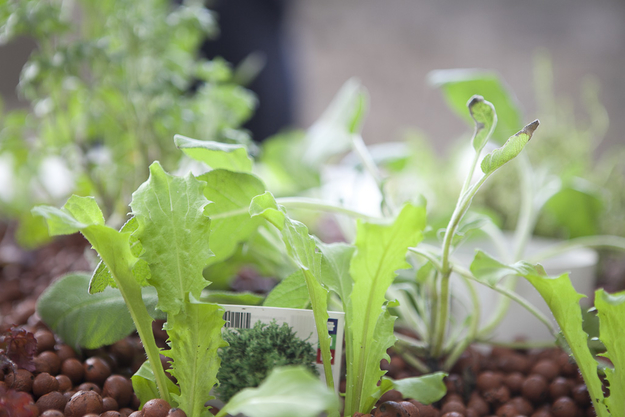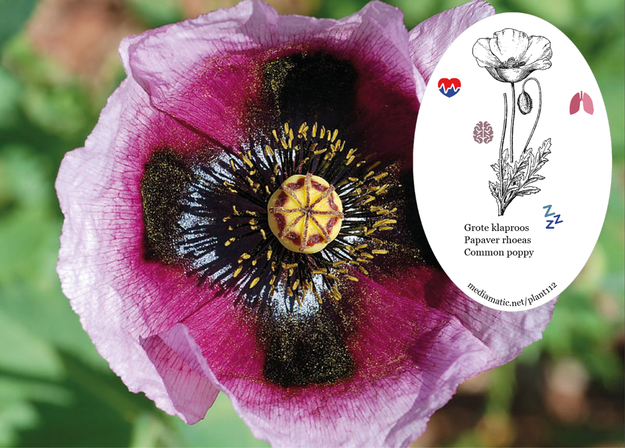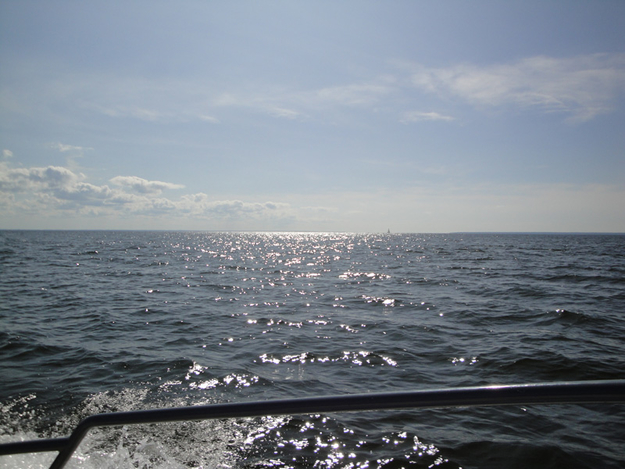To expand our exploration beyond the tradition of aphrodisiacs mostly involving male animal parts with the hope to bring primarily physiological changes, we will actively incorporate female and nonbinary vegetal parts that reinforce psychological and cultural associations with love. In addition to considering the psychological aspect that intertwine with the physiological effects that these plants can bring (e.g. lavender’s renowned effect of relaxation and promoting trust), we will study the plants in the context of their symbolic and cultural associations, in flower language, mythologies and folklores. Considering such factors contribute to the plurality and simultaneously the challenging nature of the project, as certain plants can also evoke different, at times even contradictory associations in different cultures (e.g. lettuce was considered an anti-aphrodisiac in ancient Greece, yet in one of the most popular narratives surrounding lettuce today, Rapunzel, the plant represents female desire. Similarly, poppy symbolizes all of the following: Cybele, the Phrygian Magna Mater; Yang Guifei, the legendary beauty in ancient China; the opium war; UK’s World War I emblem).


In homage to the birth of Aphrodite, and reclaiming the female counterpart of the encounter that brought her to life, seafoam will also frequent our aphrodisiac recipes. Using seafoam is in many ways a deviation from the popular idealization of love as something that is singular (exclusive), whole, tangible, resistant to change, everlasting. Sweeping over the sand, it is a sculptor of lands that blurs boundaries. In Little Mermaid by Hans Christian Andersen, the seafoam even carries a connotation of agape, the Greek concept of selfless love. Our protagonist chooses to sacrifice herself over possessing her lover, for the latter would mean death for her lover— the extreme of eros, love characterized by the consumption of the other. Instead of prizing the eternal beauty of her lover preserved by death, she undergoes change, disappearing into seafoam. Such was not the first change that she experienced. The first change was when she became human, also for her love — since for the mermaid, love is change —, but through this second change, she transcends human as she ascends to the heavens. And in this sense, the seafoam is both transient and transcendental.
Another familiar substance that also consists of froth is saliva, which is implicated in the most intimate encounters, is known as a healing and antiseptic agent, and is a plethora of genes, both human and non-human (truly, this ingredient reserves a whole discussion on its own). In reconsidering the often “exotic” origins of conventional aphrodisiac ingredients, we actively seek ingredients that are found in our vicinity, the Hortus Dijkspark. But can we also ask the to-be consumers of our aphrodisiacs to contribute to the making of the aphrodisiacs themselves, such as by donating their saliva as fermentation starters? After all, the most intimate resource to any one of us is our body.
The last point about saliva also brings us to the discussion of how our aphrodisiacs could foster interactions beyond the human species. While it is undeniable that species belonging to other kingdoms and domains are always necessarily part of aphrodisiacs, to shine our spotlight onto those agents with intention carries a different significance. For it is impossible to discuss the involvement of bacteria agents and more without describing the processes in which such interactions occur, we urge you to find out more about how we intend to invite them in Journeys of “Seafoam”: What processes should our aphrodisiacs go through? and Media of "Seafoam": What forms will our aphrodisiacs take?. And so, ladies and gentlemen and everyone in between, betwixt and beyond, we welcome you to our grand interspecies performance.
Discover and relish our recipes:
